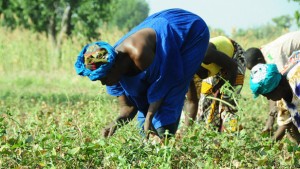If you know anything about African agriculture, many commonly held beliefs about the sector will easily spring to mind. Most farmers are women. Uptake of fertilizer and improved seed is low. Post harvest losses are huge.
Yet according to a new project “Agriculture in Africa – Telling Facts from Myths,” the evidence upon which we base our decisions and views about agriculture and farming systems in sub-Saharan Africa is often inadequate or out of date.
The project seeks to tell facts from myths about African agriculture using the Living Standards Measurement Study – Integrated Surveys on Agriculture, or LSMS-ISA, a household survey project working to collect up to date agricultural data. It tests the validity of 15 commonly believed statements; statements that, although commonly accepted, may no longer be valid given Africa’s rapid economic growth and the new era of high food prices, amongst other driving forces of change. To date, surveys have been conducted in six countries — Ethiopia, Malawi, Niger, Nigeria, Tanzania and Uganda — representing 40 percent of the population in sub-Saharan Africa.
We took a look at the preliminary findings to see where many of us may have been going wrong…or right. Here are some new facts about African agriculture that you may not know….
Emily Alpert and Stephanie Brittain write for DEVEX. Read the original post here







